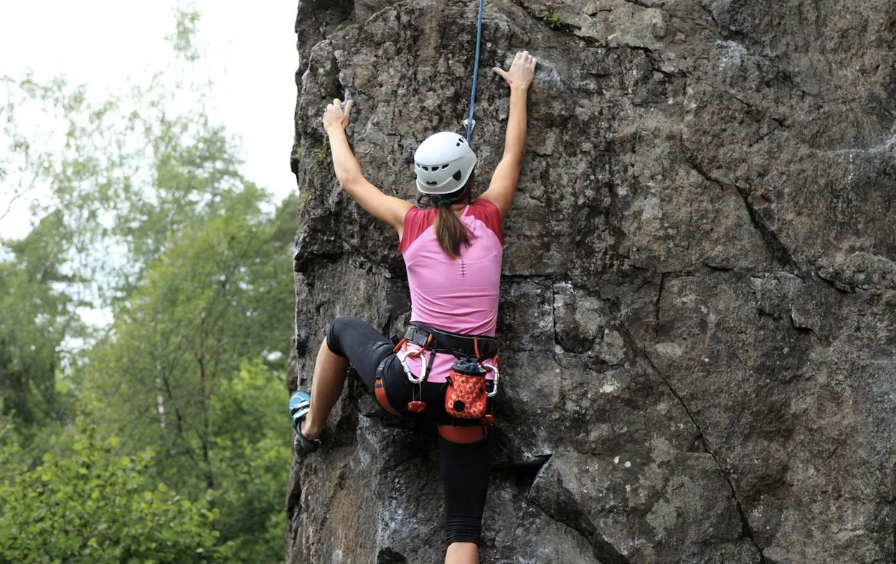Climbing Shoe Rubber:
Performance, Smearing, and Trad Climbing
Rock climbing shoes are designed with various types of rubber; each engineered to provide specific performance characteristics suited to different climbing styles and terrain. The choice of rubber significantly affects grip, durability, and sensitivity, making it an essential factor in selecting the right climbing shoe.

Types of Climbing Shoe Rubber
Vibram Rubber Compounds
Vibram XS Edge: Known for its stiffness and durability, this rubber is commonly used in shoes designed for edging, providing excellent support on small holds and steep terrain.
https://www.vibram.com/us/TECH_xs-edge.html
Vibram XS Grip: A softer and stickier rubber, ideal for all-around climbing, bouldering, and sport climbing. It excels in friction-based techniques like smearing.
Vibram XS Grip 2: An advanced version of XS Grip, offering superior stickiness and responsiveness. It is favored for high-performance climbing, particularly on steep and overhanging routes.

Stealth Rubber Compounds (Five Ten/Adidas)
Stealth C4: Offers outstanding stickiness and friction, making it popular for bouldering, sport climbing, and trad climbing.
Stealth HF (High Friction): A balance between stickiness and durability, commonly used in all-around climbing shoes.
Stealth Mi6: A soft, ultra-sticky rubber designed for smooth and polished surfaces, often used in indoor climbing and technical slab climbing.
https://www.climbingshoereview.com/stealth-rubber-shoes
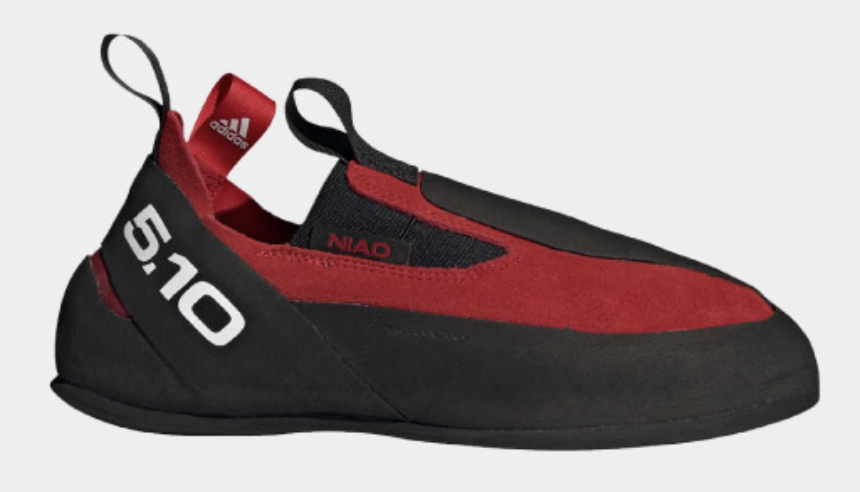
Other Notable Rubber Compounds
La Sportiva Vibram XS Grip 2: La Sportiva’s proprietary version of Vibram XS Grip 2 is designed for optimal grip and durability on steep, technical routes.
Trax XE: Found in Evolv climbing shoes, this rubber is known for its versatility, making it suitable for bouldering and trad climbing.
Trax SAS (Semi-Stiff): A balance between stiffness and stickiness, ideal for edging and vertical routes requiring precision and support.
https://www.vibram.com/us/TECH_xs-grip-2.html
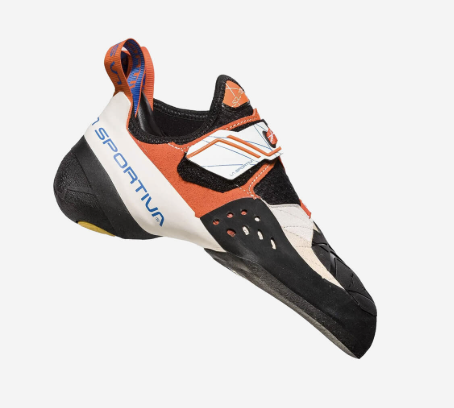
La Sportiva Vibram XS Grip 2
Each climbing shoe manufacturer develops proprietary rubber compounds to optimize performance based on stickiness, durability, and sensitivity. Selecting the right rubber depends on personal preference, climbing style, and the types of routes you frequent.
Smearing: Mastering Friction-Based Climbing
Smearing is a crucial technique in rock climbing, especially on slab climbs or routes where traditional footholds are limited. It relies on the friction between the shoe rubber and the rock to maintain balance and upward movement.
How Smearing Works
Weight Transfer: Shift your body weight onto the smeared foot, allowing it to support you as you ascend.
Body Positioning: Adjust your center of gravity to maintain balance. Leaning slightly into the wall enhances friction and control.
Controlled Movements: Avoid sudden or jerky actions that could reduce friction and cause slipping.
Surface Selection: Look for textured rock surfaces to enhance grip, as smooth surfaces require shoes with softer, stickier rubber.
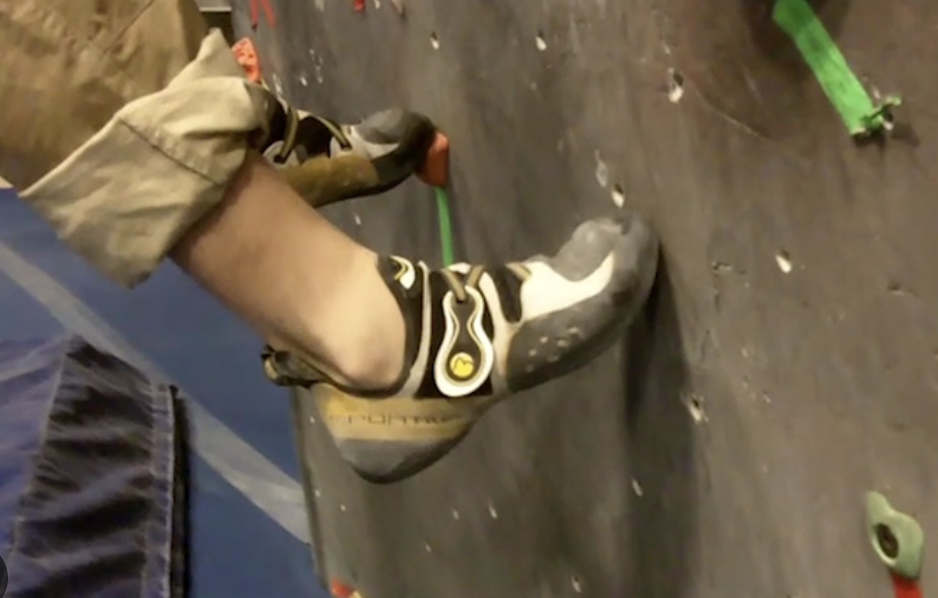
Trad Climbing: Placing Protection and Climbing with Skill
Key Aspects of Trad Climbing
Essential Trad Gear
Climbing shoes (with appropriate rubber for smearing and edging)
Harness & helmet
Dynamic climbing rope
Trad gear (cams, nuts, slings, carabiners, belay device)
Chalk & chalk bag
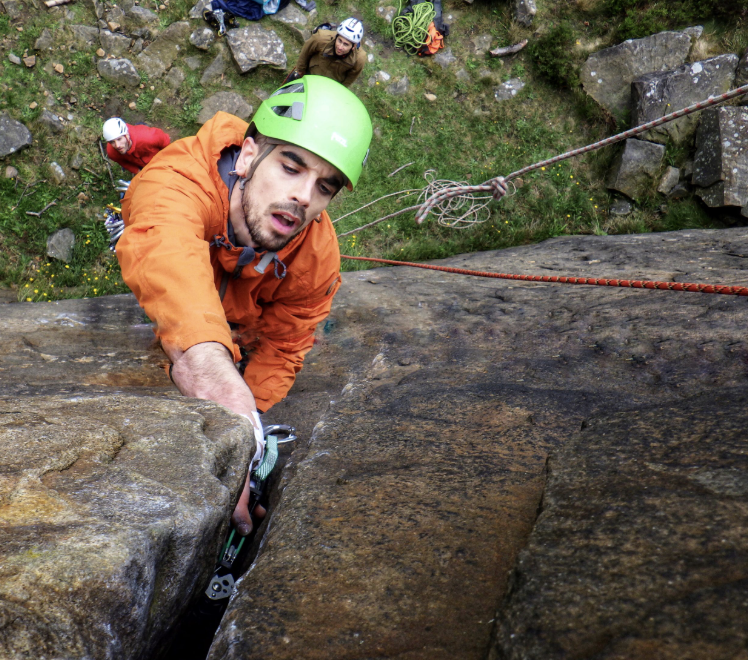
Understanding climbing shoe rubber and its impact on performance is essential for choosing the right shoe. Whether you're smearing on a friction slab, edging on steep terrain, or placing gear on a trad route, the right rubber enhances grip, durability, and control.
By mastering techniques like smearing and developing trad climbing skills, you can expand your capabilities and tackle more challenging routes with confidence.
